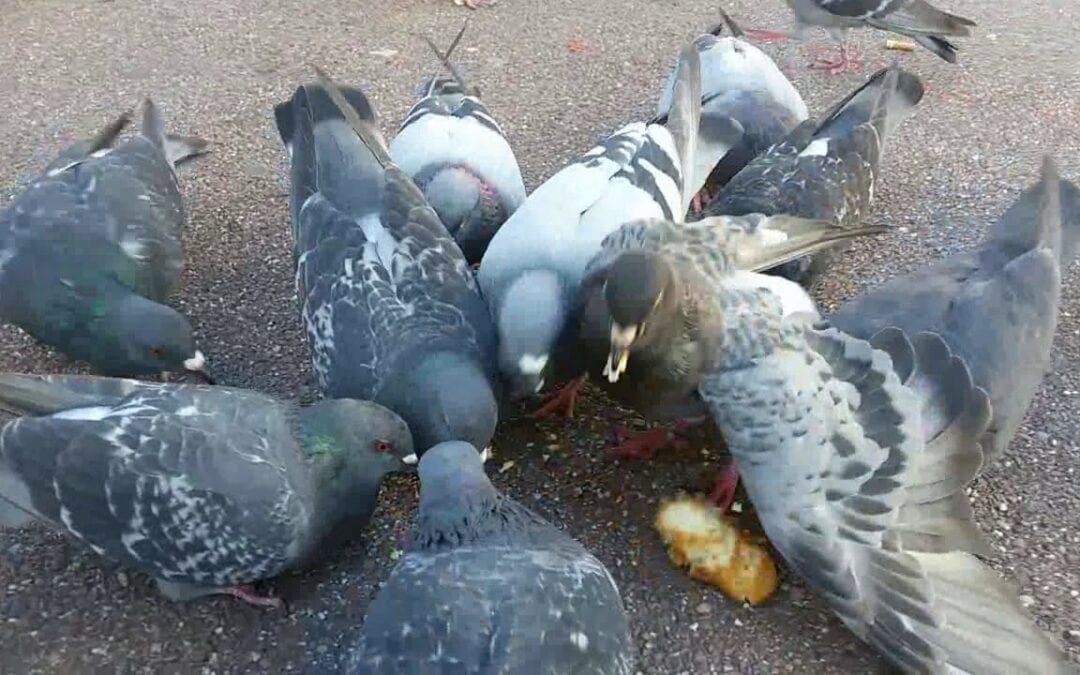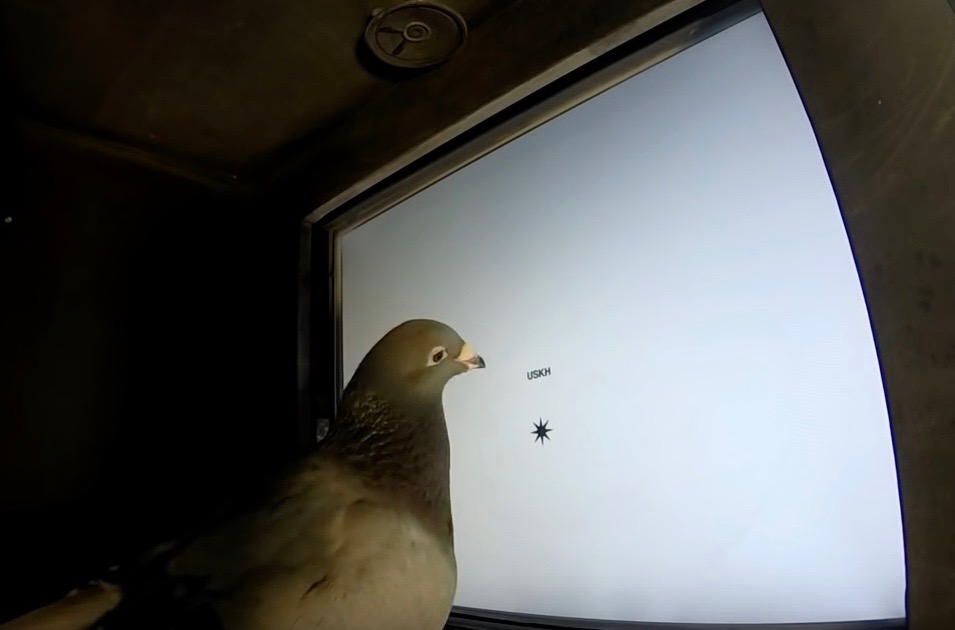
The bewildering sight of pigeons upon pigeons as far as the eye could see attracted amazed onlookers. Parties of people went into the forest at night, armed with poles, and simply knocked armloads of pigeons off the trees.ĭuring the 18 th and 19 th century, Americans put their lives on hold when pigeons came to town. Since pigeons upon pigeons inhabited each tree, no guns were even necessary to hunt them.

In 1823, while he visited Harmony, he saw “astonishing flights of pigeons” and millions congregated in the nearby woods. William Hebert wrote one of the earliest extant records of the pigeon in Indiana. Indiana falls smack dab in the middle of the passenger pigeon’s range and migration path.

Passenger Pigeons, always on the move in their search for enough food to feed their massive flocks, generally flew north in the spring and south in the fall. The bird only lived in North America, generally east of the Rocky Mountains, between the Hudson Bay and the Gulf of Mexico. When the pigeons finally left, it sometimes looked like tornado had swept across the land. Their collective weight broke branches and sometimes toppled trees. They formed roosts (resting sites) and nests for breeding in trees spread across miles. The passenger pigeon often traveled in huge flocks and left undeniable marks on the landscapes they inhabited. He later calculated that he saw well over one billion pigeons that day.Īccording to historian Joel Greenberg, “Nothing in the human record suggests that there was ever another bird like the passenger pigeon.” Estimations indicate three to five billion passenger pigeons inhabited North America from the 1500s through the early 1800s, constituting 25-40% of the continent’s total bird population. Audubon gave up after about twenty minutes, as the sky overhead was still inundated with pigeons. He pulled out a pencil and paper and made a dot on the page for every flock that passed by. John James Audubon, one of the most prominent early North American naturalists, encountered such a large flight of passenger pigeons along the Ohio River in Kentucky that he was “struck with amazement.” He recalled the “air was literally filled with Pigeons the light of noon-day was obscured as by an eclipse, the dung fell in spots, not unlike melting flakes of snow.” Despite the excrement, he decided to try to count all the pigeons that flew overhead, as any dedicated ornithologist would. Portrait of John James Audubon by John Syme, White House Historical Association, accessed Wikimedia.Įven early ornithologists could not believe the amounts of passenger pigeons they witnessed. Ralphe Humor described the wild pigeons he saw in Virginia in 1615 asīeyond number or imagination, my selfe have seene three or four hours together flockes in the aire, so thicke that even they have shadowed the skie from us. Its large flocks astonished early European settlers and visitors. The passenger pigeon had a long history of striking awe in mere humans. What happened? How could a bird so populous that it darkened the sky be reduced to none in mere decades? At their disappearance, some theorized that all the pigeons had drowned in the Gulf of Mexico, flew across the Pacific to Asia, or succumbed to some mysterious disease. Passenger pigeons, once so numerous that they could disrupt natural landscapes, impact the nation’s economy, and shape American social life and cuisine, became a rarity by 1900. When the Indianapolis Star shared Rader’s memories in 1934, the passenger pigeon had been extinct already for twenty years, though it had reigned as North America’s most abundant bird since the 16 th century. To see a 3D view of a passenger pigeon, visit the Smithsonian’s webpage.Ĭhildren in the 1870s became the last generation to witness such unbelievable flights of passenger pigeons. John James Audubon’s painting of the male and female passenger pigeon, accessed Wikimedia.

One day in rural Monroe County, Indiana during the 1870s, 10-year-old Walter Rader witnessed an astonishing natural phenomenon: passenger pigeons had gathered at his family farm “by the millions.” As the birds descended on the farm, they blocked out “almost the entire visible area of sky.” He remembered that so many pigeons roosted in the trees surrounding the farm at night “that their weight would often break large limbs from the trees.” The crash rang so loudly he could hear it clearly inside his house. Julian Pender Hume, cover Extinct Birds, accessed Errol Fuller, The Passenger Pigeon, pg.


 0 kommentar(er)
0 kommentar(er)
